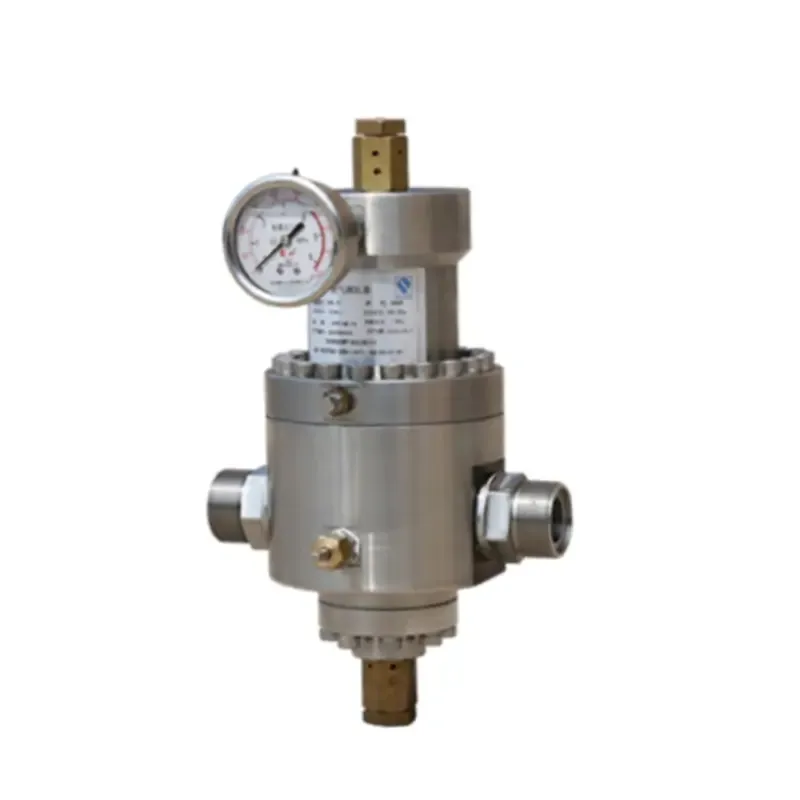
Sep . 22, 2024 07:04
Back to list
decompression skid
Understanding Decompression Skids An Essential Tool in Oil and Gas Operations
In the oil and gas industry, safety and efficiency are paramount, especially in operations involving high-pressure systems. One critical piece of equipment that enhances safety during these operations is the decompression skid. This specialized apparatus plays a vital role in managing pressure changes in gas or liquid transport, ensuring that personnel are protected and the integrity of the pipeline and equipment is maintained.
A decompression skid is designed to handle the safe release of pressure from high-pressure pipelines. When natural gas or other fluids are transported under high pressure, any sudden pressure drop can lead to dangerous situations, such as fluid expansion and the potential for explosions or equipment failure. Decompression skids mitigate these risks by providing a controlled environment where gases can be safely depressurized before reaching atmospheric pressure.
The operation of a decompression skid generally involves several key components. At its core are safety valves, pressure regulators, and flow control devices, which work together to manage the release of pressure. The skid is often engineered to include various sensors that monitor pressure and temperature, allowing operators to achieve precise control during the decompression process. By using advanced technology and automation, modern skids can also reduce the need for manual intervention, further enhancing safety and efficiency in operations.
decompression skid

One of the main advantages of using decompression skids is their ability to handle a variety of fluids under different pressure conditions. Whether it’s natural gas, crude oil, or another industrial fluid, a decompression skid can be customized for specific operational needs. This versatility makes it an invaluable asset, particularly in regions where fluctuating pressures are common due to environmental conditions or operational changes.
Moreover, the deployment of decompression skids is not limited to the oil and gas sector. They can also be found in chemical processing, power generation, and other industries where gases need to be managed safely. Their adaptability and critical role in pressure management mean that these skids are an integral part of many industrial operations.
In conclusion, decompression skids are essential tools that enhance safety and efficiency in high-pressure fluid transport. By allowing for controlled depressurization, they help prevent accidents and equipment damage, thereby contributing to the overall reliability of oil and gas operations. As the industry continues to evolve, the importance of these skids will only grow, highlighting the need for ongoing innovation and adherence to safety protocols. For companies in the sector, investing in high-quality decompression skids is not just a regulatory requirement; it’s a crucial step toward ensuring the safety of their workforce and the environment in which they operate.
Next:
Latest news
-
Safety Valve Spring-Loaded Design Overpressure ProtectionNewsJul.25,2025
-
Precision Voltage Regulator AC5 Accuracy Grade PerformanceNewsJul.25,2025
-
Natural Gas Pressure Regulating Skid Industrial Pipeline ApplicationsNewsJul.25,2025
-
Natural Gas Filter Stainless Steel Mesh Element DesignNewsJul.25,2025
-
Gas Pressure Regulator Valve Direct-Acting Spring-Loaded DesignNewsJul.25,2025
-
Decompression Equipment Multi-Stage Heat Exchange System DesignNewsJul.25,2025

